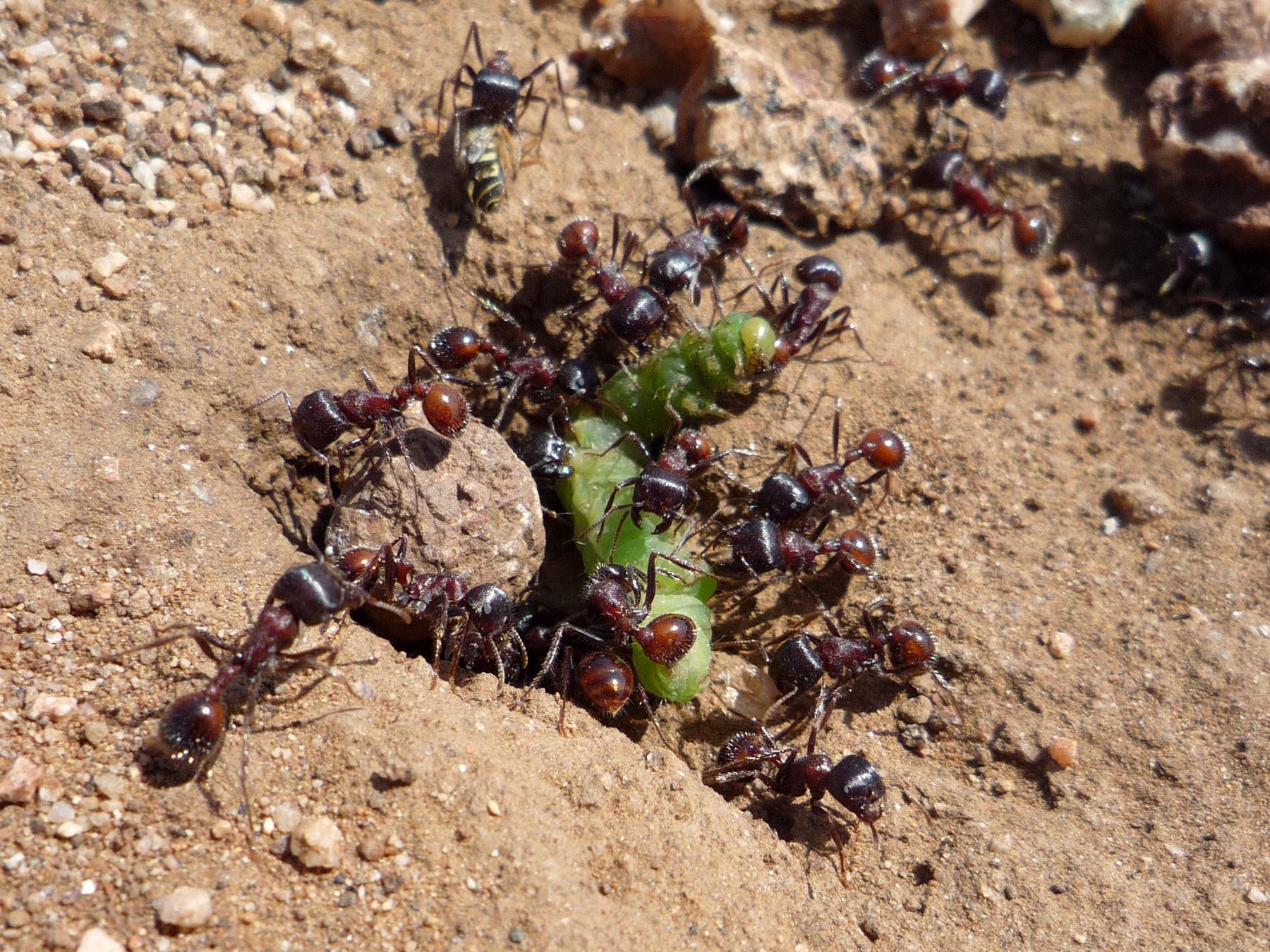Biotope
The biotope is the place or the physical environment in which the living beings of an ecosystem live. It includes a substrate (soil, water , air , rocks , etc.) and the physical and chemical conditions of that medium (temperature, humidity, light, etc.).
These abiotic components condition the life of the organisms that live in the ecosystem.
Environmental factors are called the set of physical and chemical conditions that influence the biotope and the life of living beings in the ecosystem.
The main abiotic environmental factors are:
- The light. It is necessary for photosynthetic organisms (and non-photosynthetic organisms) and determines their situation in the ecosystem. Photosynthetic autotrophs need energy from the sun to carry out photosynthesis. Trees sometimes struggle to capture more light by growing larger than the other trees next to them.
- The water. It is essential for organisms to carry out their vital functions.
- The temperature. Almost all living things need a certain temperature, usually between 0 and 50 ºC in order to live. According to how they regulate temperature, two types of organisms are distinguished:
- The salinity of the water. It refers to the quantity of mineral salts dissolved in the water (fresh, salty, brackish).
- The pH. Indicates the degree of acidity or basicity of the medium in which organisms live.
Environmental factors influence the living beings in the ecosystem. Between all of them there is a balance that means that, generally, when one of these factors varies, there are changes in the rest of the other factors.



